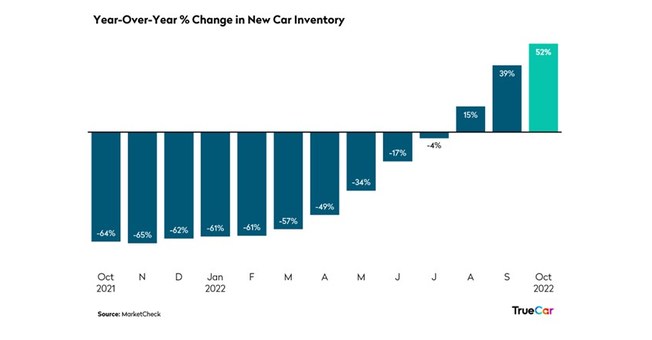Article from 10 months ago: 29 new semiconductor fabrication plants coming. Will cause $140 billion dollars in spending for manufacturing equipment.
The semiconductor equipment industry is at the end of the whip, getting snapped hard. On the other hand, there's only so much they can do to ramp up their production, so they are also an anchor. In two years, when these fabs come online, the equipment sector will be seeing huge drops in sales, totally expected. Meanwhile, there will be a glut in semiconductor production.





